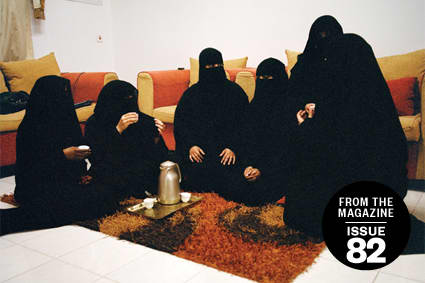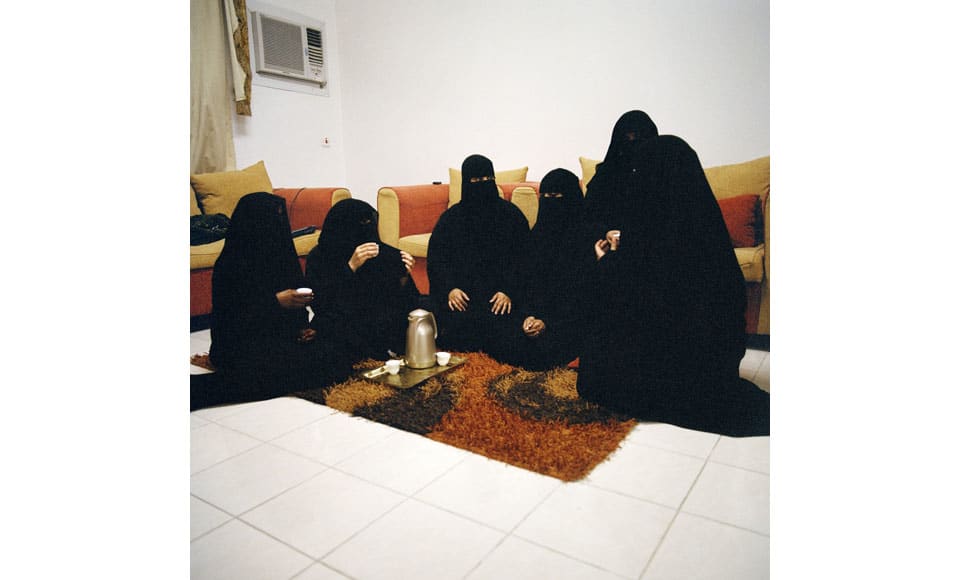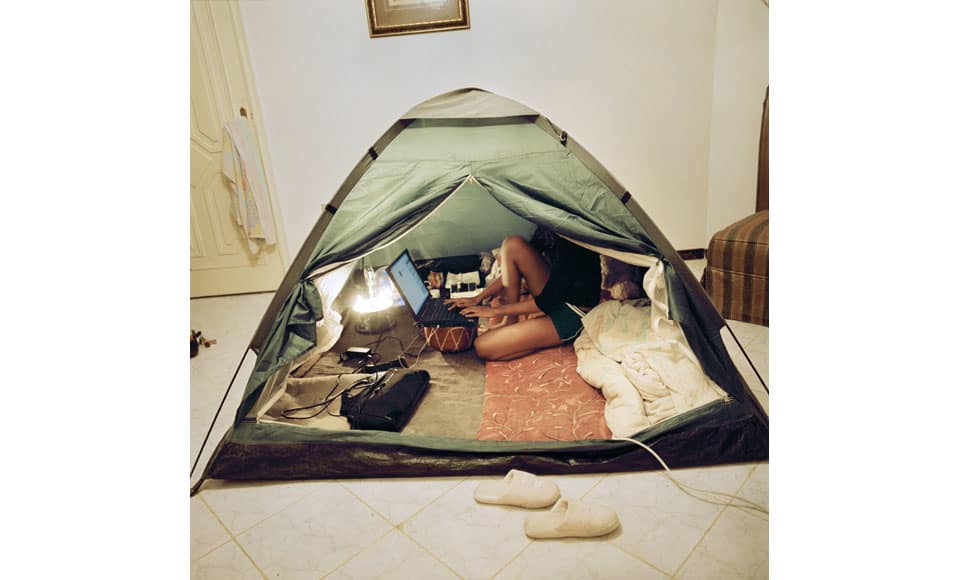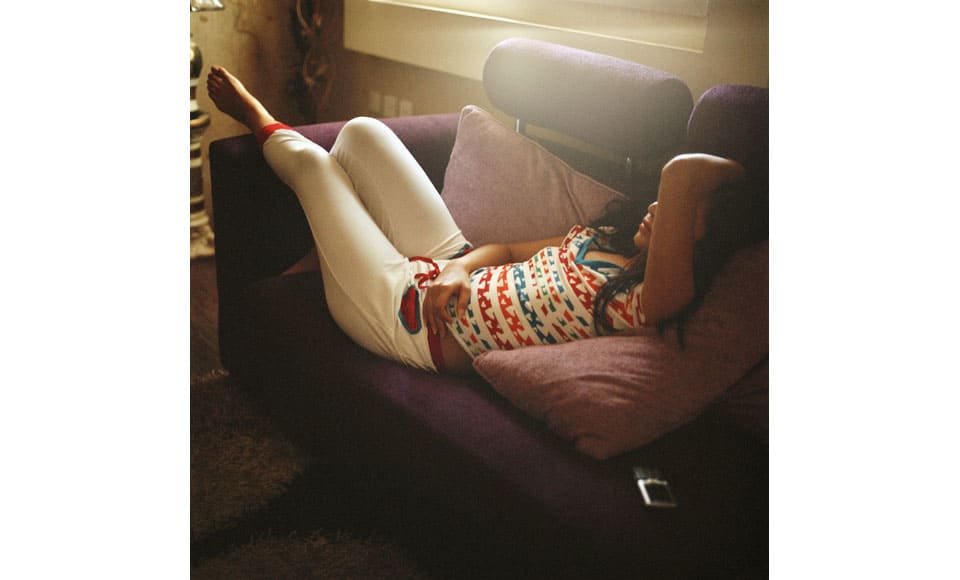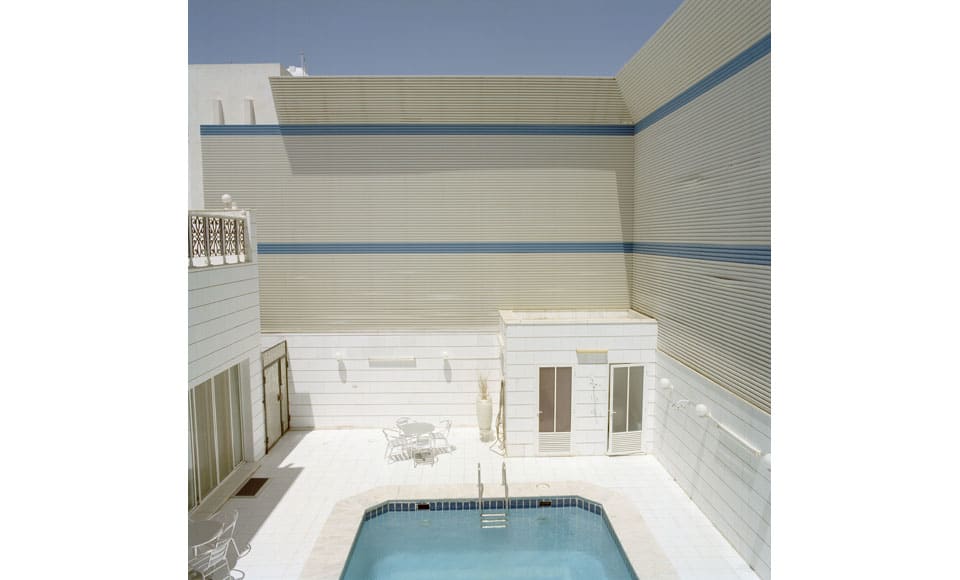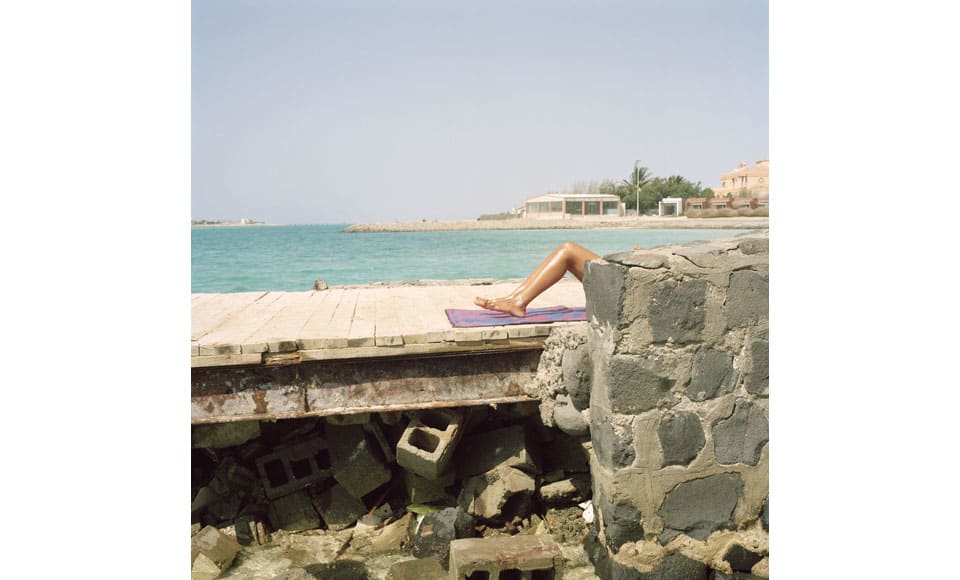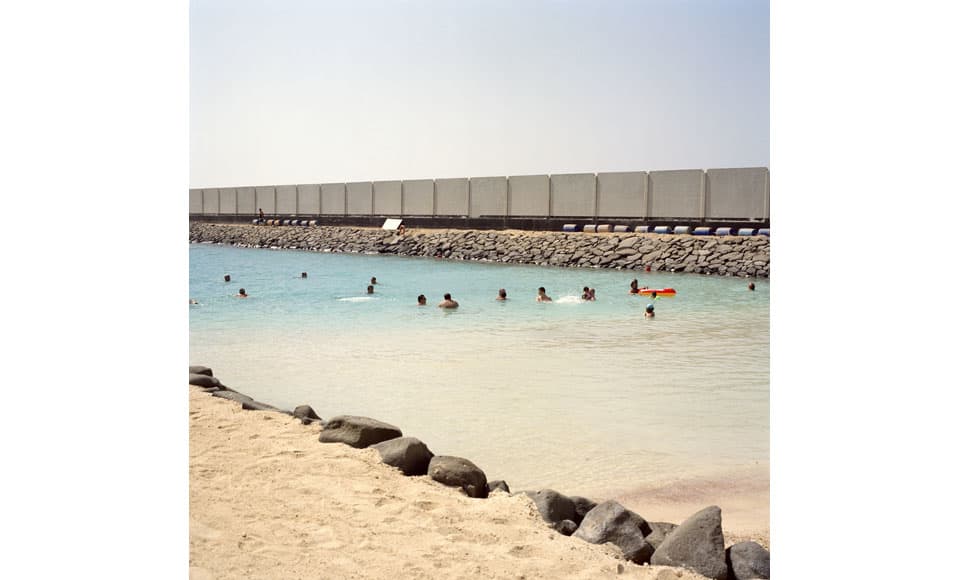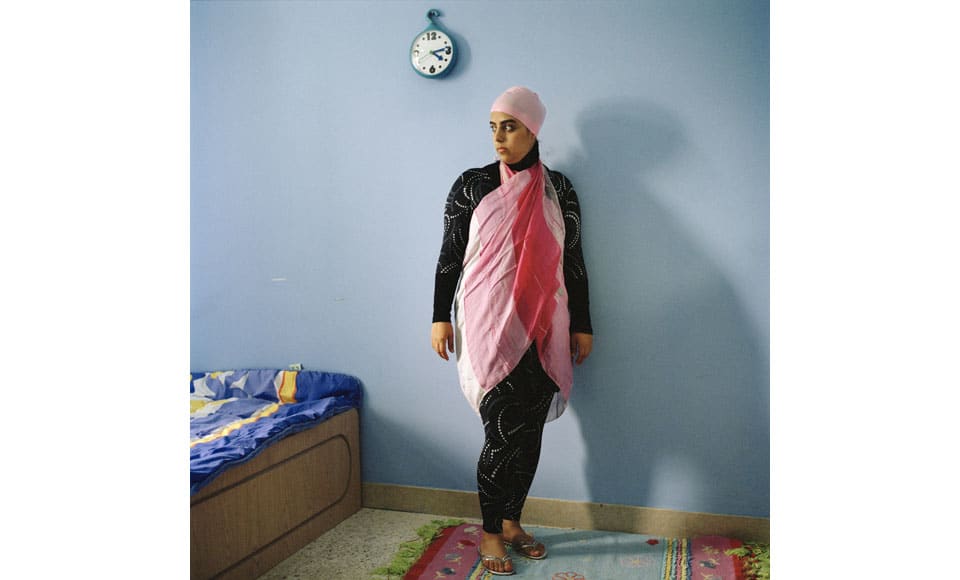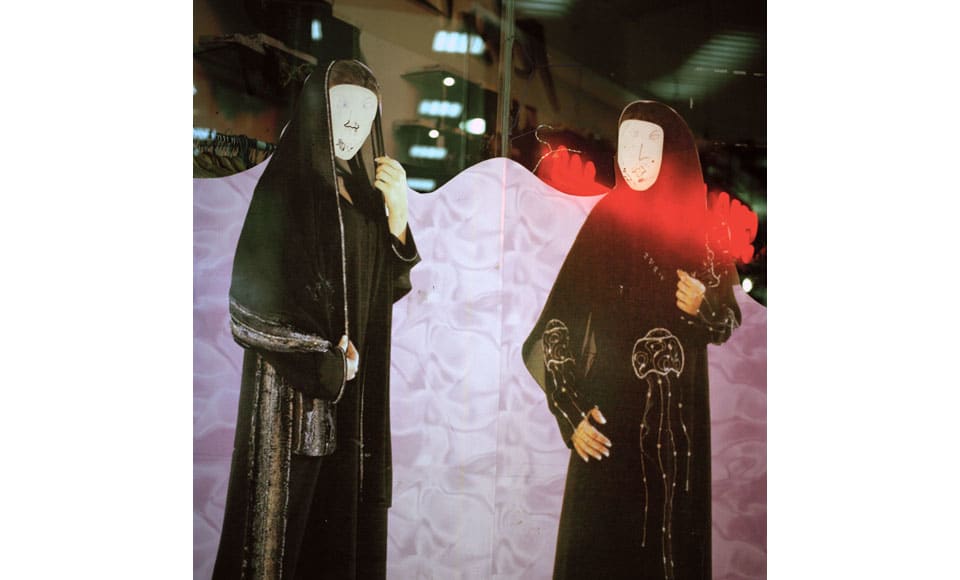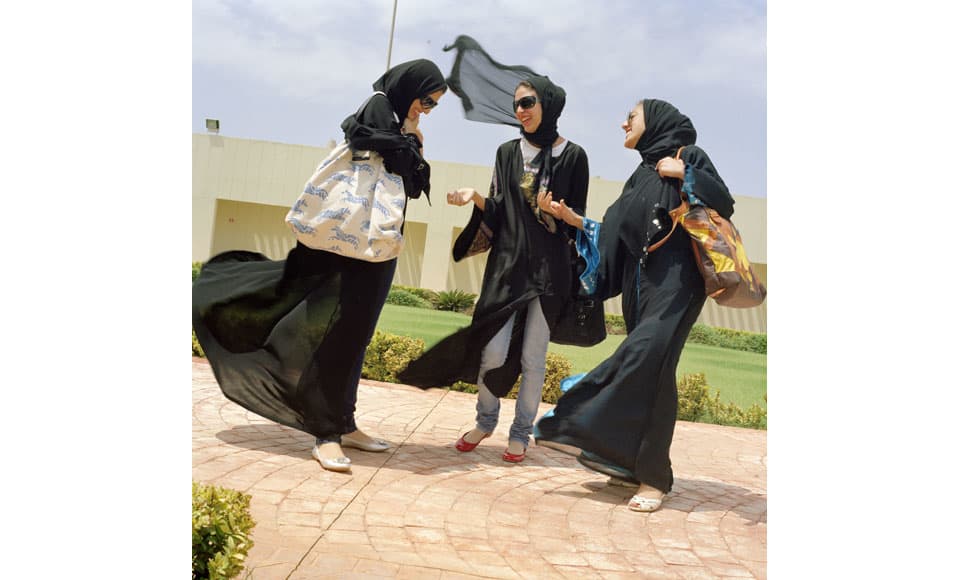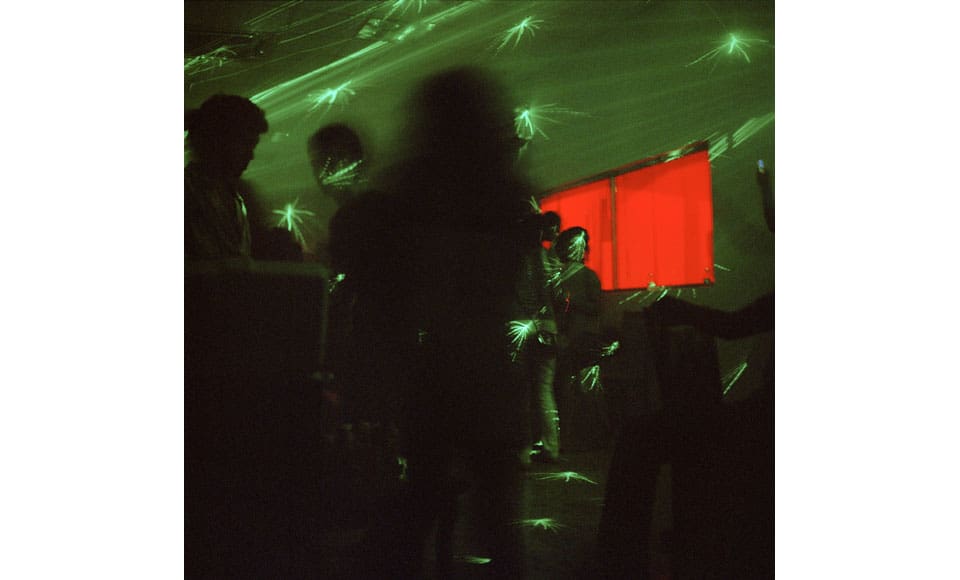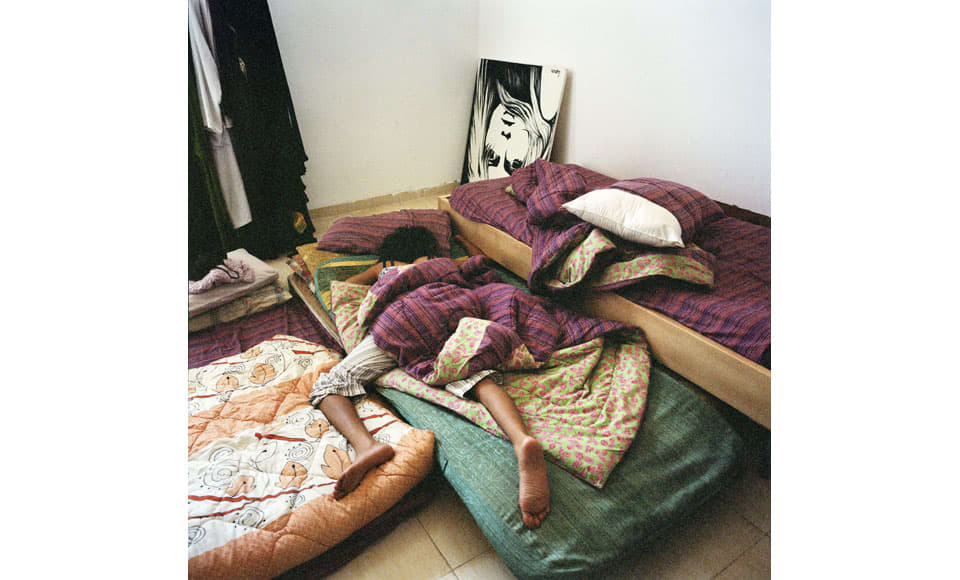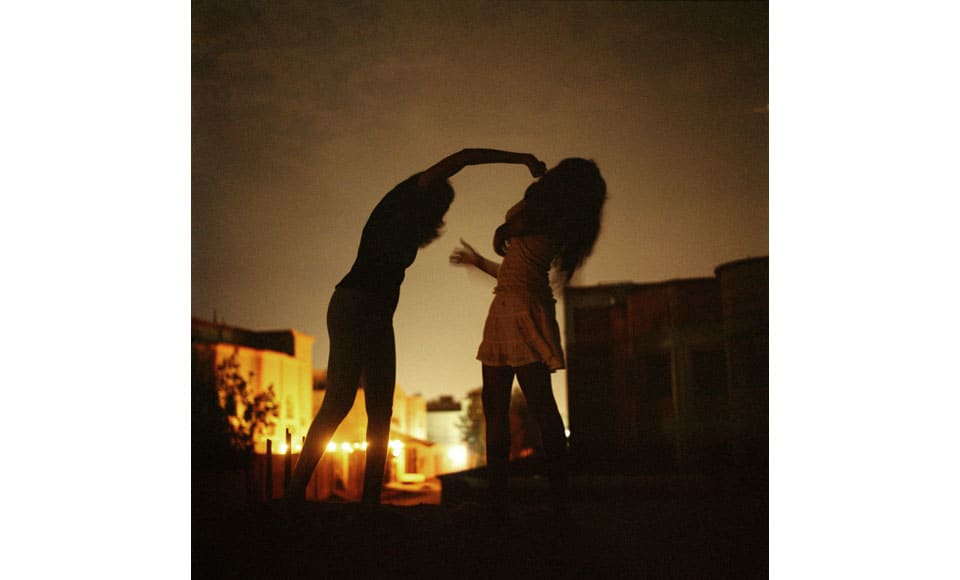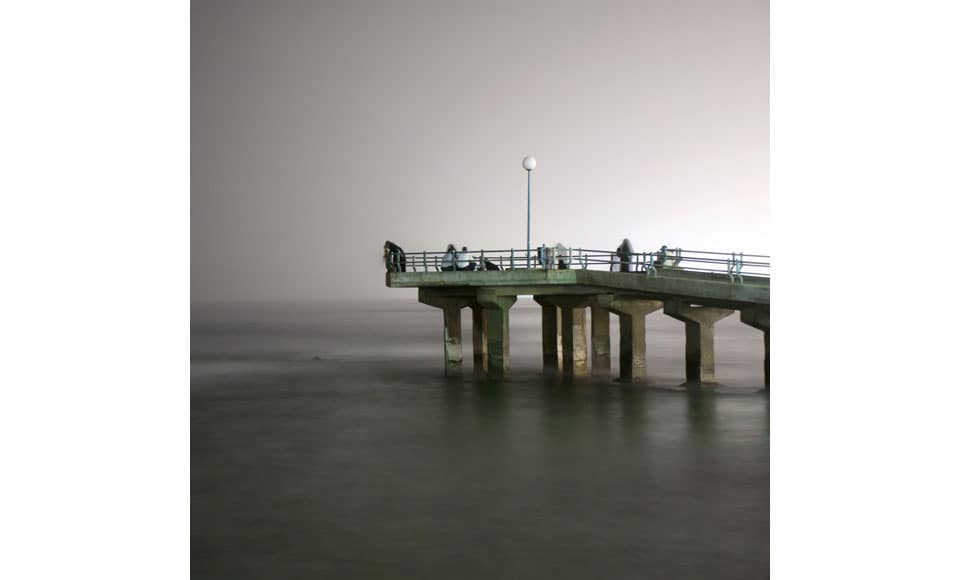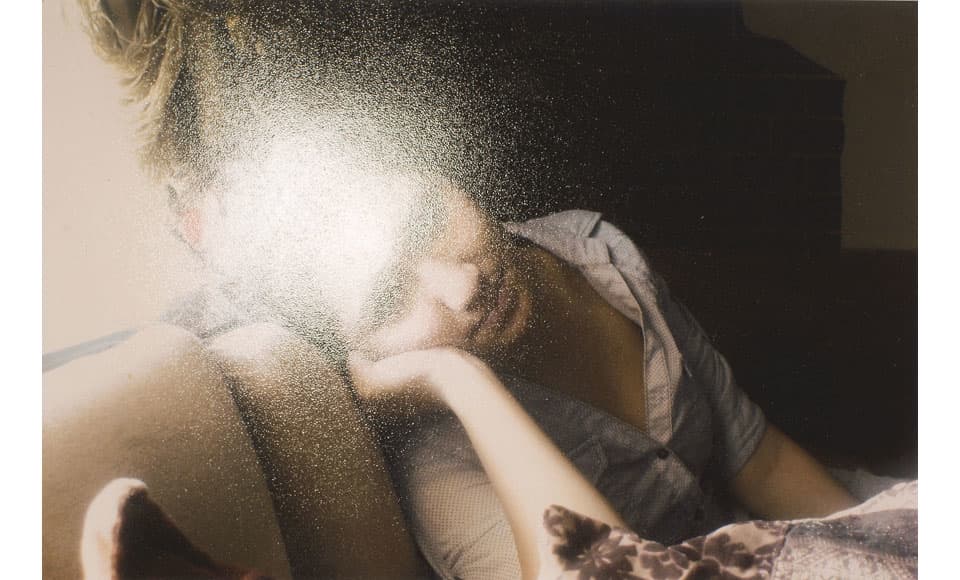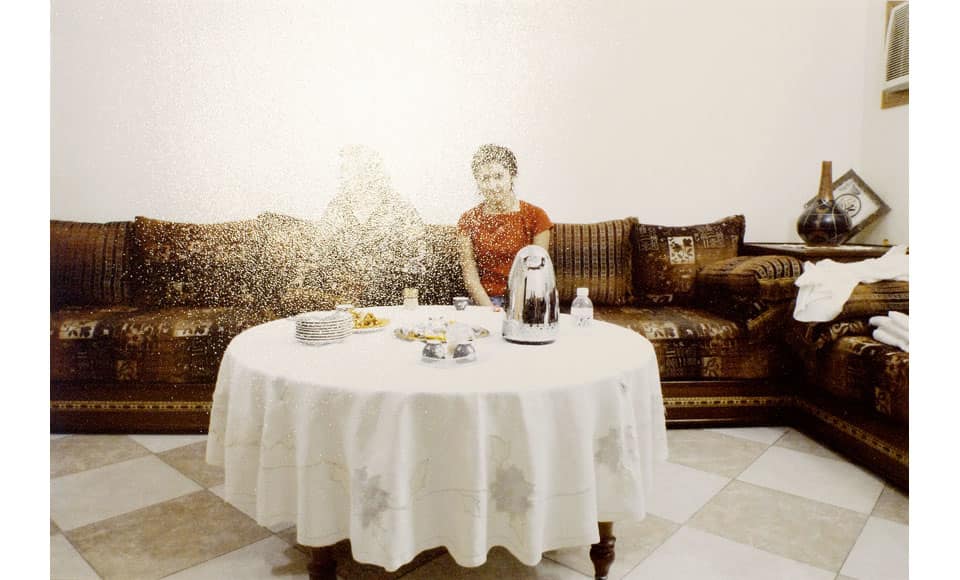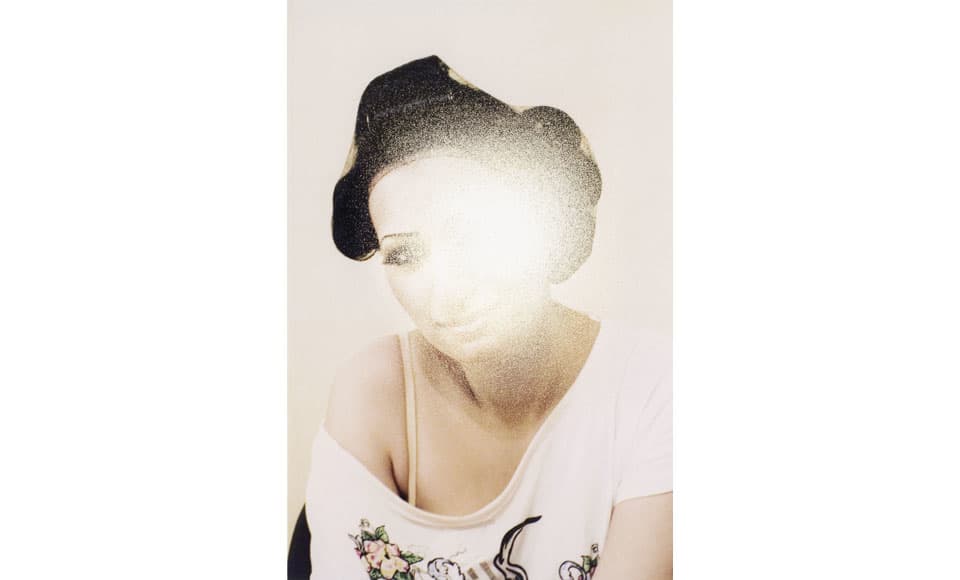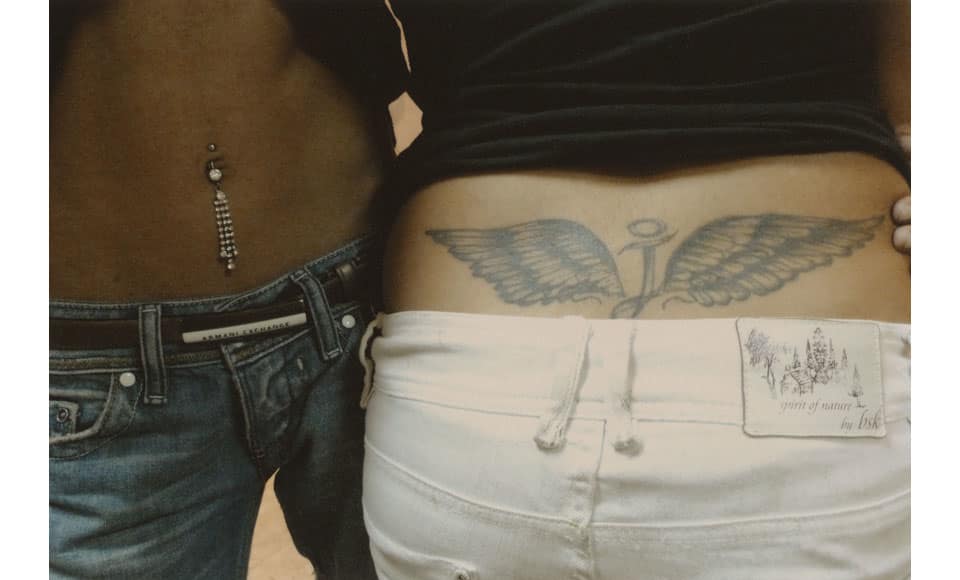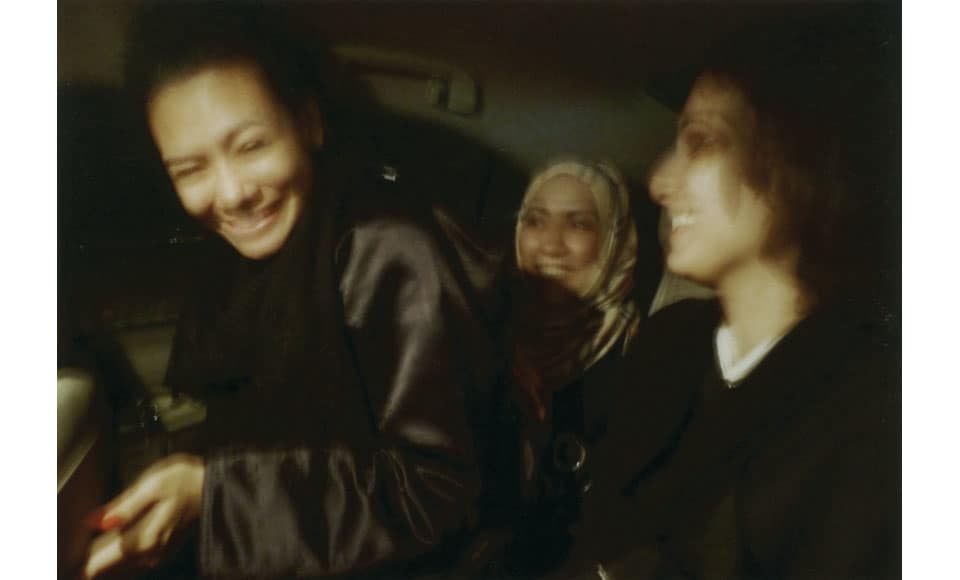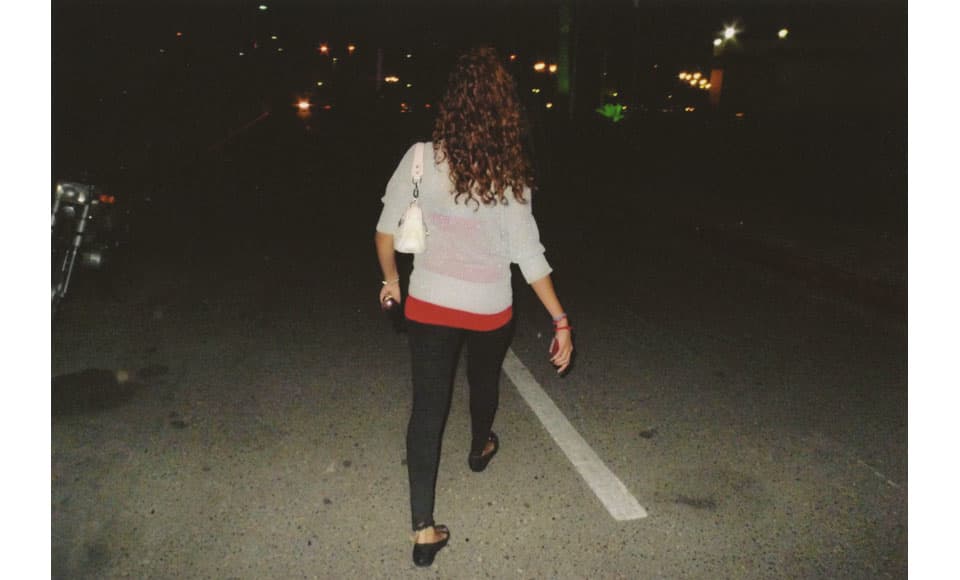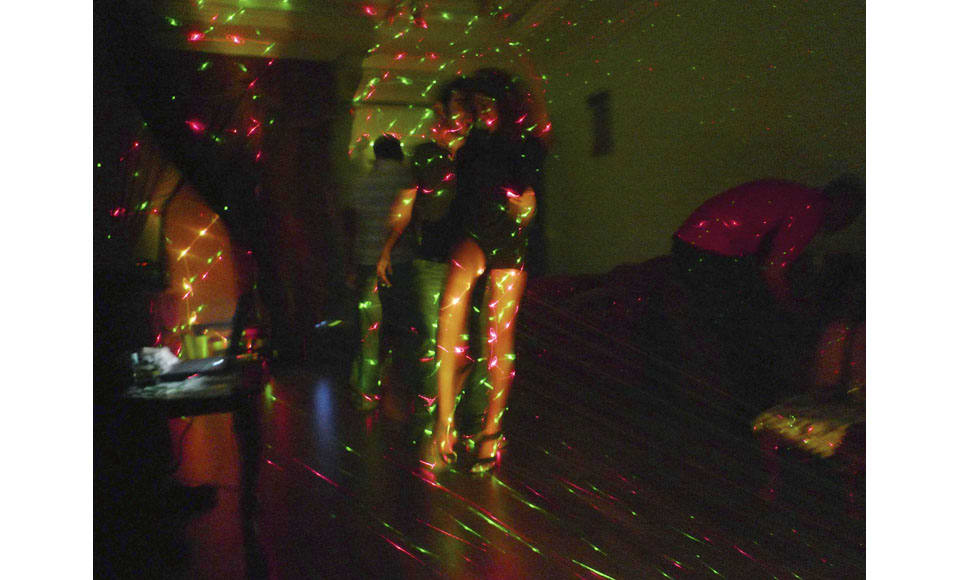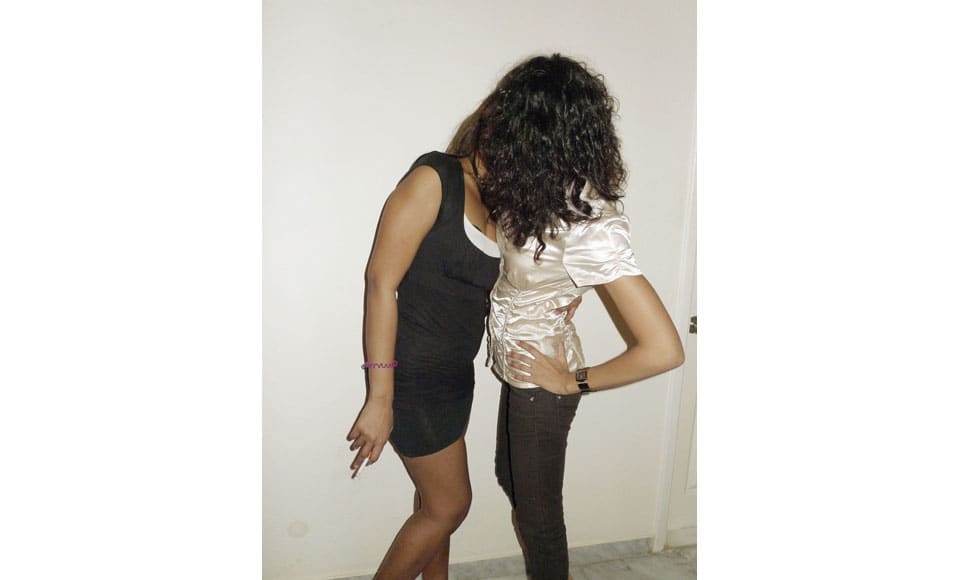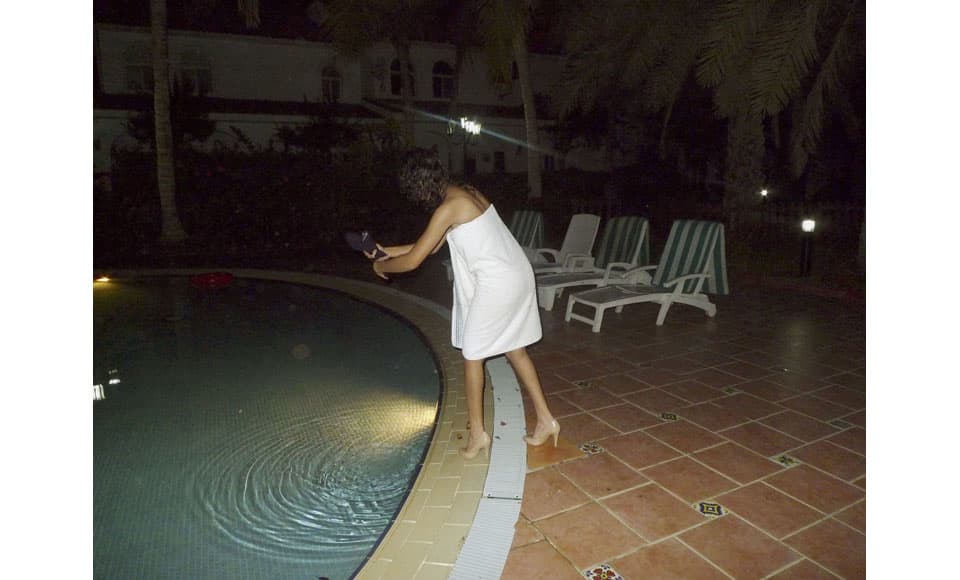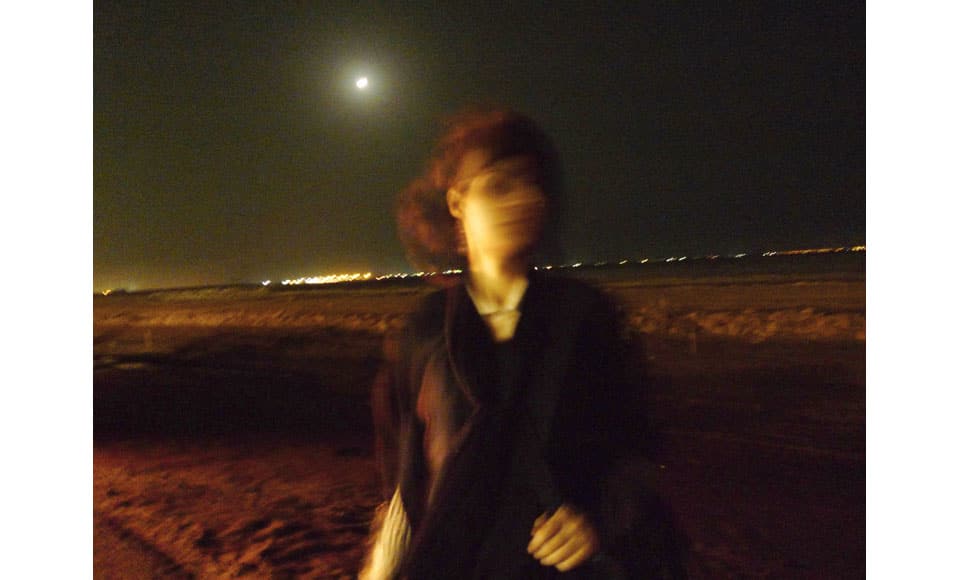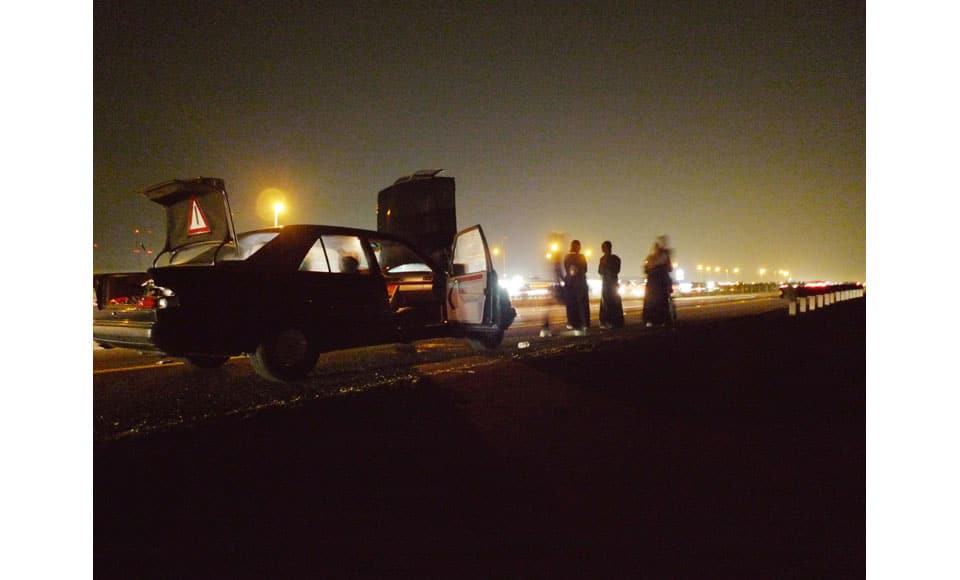Olivia Arthur teaches and photographs women in Saudi Arabia.
In 2009, the British Council invited Olivia Arthur to teach a two-week photography workshop to a group of women in Jeddah, Saudi Arabia. Arthur has spent much of her photographic career documenting facets of the East/West divide, but was unsure whether or not this teaching post would lead to a project of her own. Nevertheless, after the workshop, she returned to her home base in London with rolls of undeveloped film and a murky sense of the visual story she was going to tell—a story that is as much about the lens of photography as it is an intimate, if slightly disorienting, view into the complex visual layers of Saudi women’s everyday existence. “In the workshop, I saw how difficult it was for the girls there to make work, [and my own photographs] were almost like trying to make sense out of what I’d seen,” says Arthur. In Jeddah, Arthur was as much a student as she was a teacher, learning that for Saudi women, boundaries can be fluid, diametric and often severe. When one of her students failed to show up to class, Arthur found out that her family had been upset about the photos she’d been
taking of her cousin.
It took Arthur three subsequent trips over the course of a year and multiple cameras, both film and digital, to form a cohesive body of work. And even then, the work was difficult to wrap her head around. Each visit revealed new layers of intimacy and restriction, the wielding of her camera the perpetual question mark. “It kind of came together for me after I put some text to [the images], and I just thought, Let’s take people on the journey that I went on, and show how confusing and contradictory it can be rather than trying to explain it; that’s the point when it finally made sense to me.”
The resulting essay, and the subject of Arthur’s new monograph, entitled “Jeddah Diary,” is an intimate, fragmentary portrait of the women she came to know and spend time with in Saudi Arabia, and the borders and social mores that mitigate the level of exposure they are permitted with the outside world. Arthur’s photos invoke those boundaries, careful not to overstep or offend, plying parameters with a trick of her lens: images of women’s bodies blotted out by black marker on supermarket packaging, the bare leg of a bather disembodied by way of a stone wall, or a studied portrait re-photographed and purposefully obliterated by Arthur’s flash, obfuscating an already invisible beauty.
